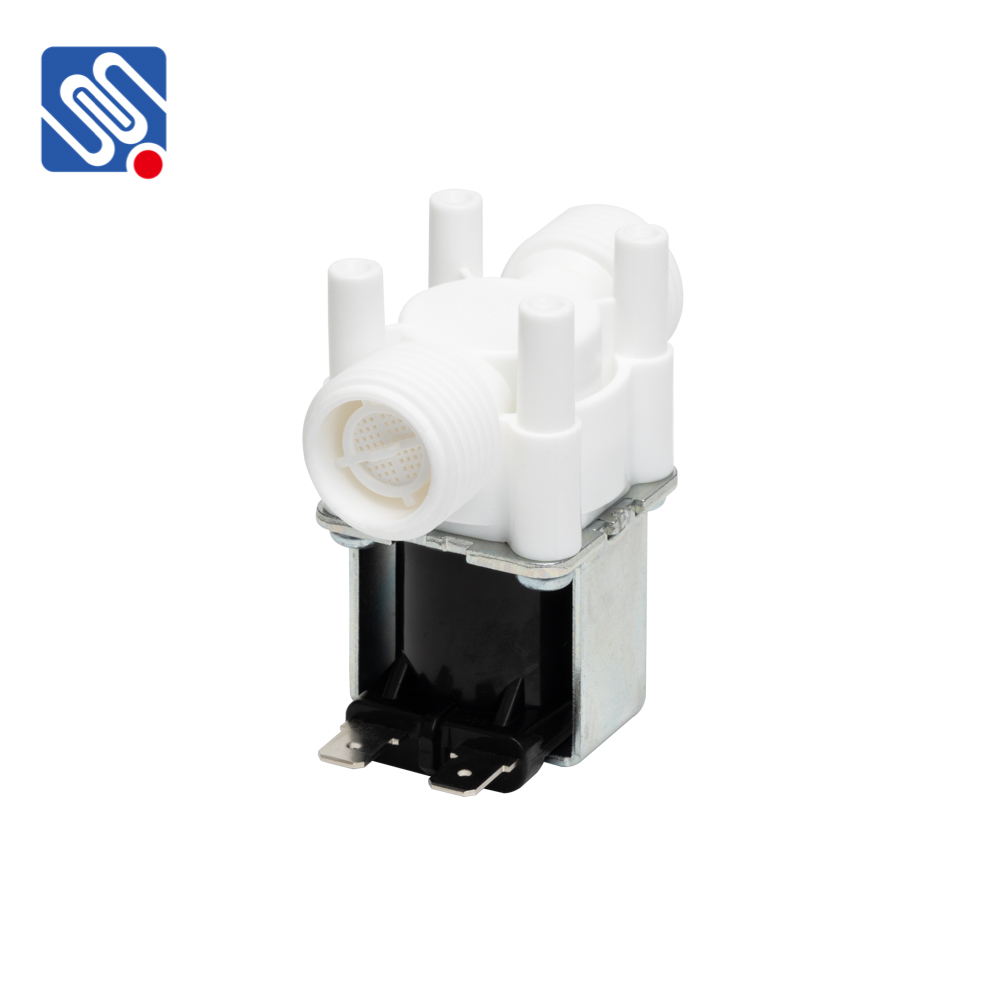A Building Water Supply Solenoid Valve is a crucial component in modern water supply systems, particularly in buildings where automation, efficiency, and safety are essential. This electrically controlled valve regulates the flow of water in plumbing systems, offering a reliable solution for water distribution. This article explores the working principles, applications, benefits, and important factors to consider when choosing a solenoid valve for water supply systems.

Working Principle At the core of a Building Water Supply Solenoid Valve lies an electromagnetic coil, which operates the valve to either allow or restrict the flow of water. The valve’s mechanism typically includes a valve body, a valve seat, and a solenoid coil. When electric current passes through the solenoid coil, it generates a magnetic field that attracts or repels a metal plunger, which either opens or closes the valve. In the absence of electricity, the valve remains either open or closed, depending on whether it is designed as normally open (NO) or normally closed (NC). The main advantage of this setup is that it can be controlled remotely or automatically, making it ideal for systems where precise water flow control is necessary. Solenoid valves are commonly used in automatic irrigation, water filtration, and even fire suppression systems.
Leave a Reply